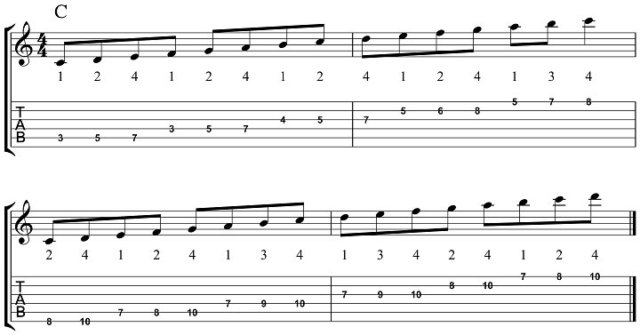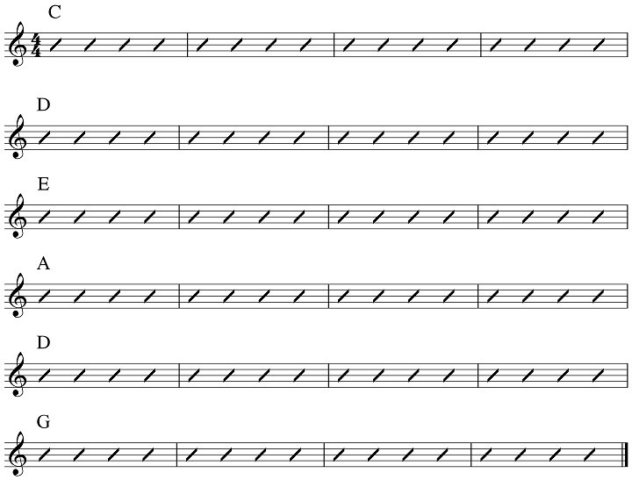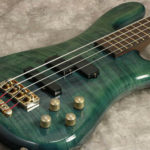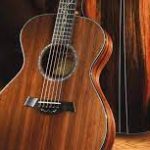Soloing Over Major Chords - Ionian Mode
This site contains affiliate links, which we receive a commission from any sale or purchase, and are of no cost to you. As a participant in the Amazon Services LLC Associates Program, affiliate links will redirect you to Amazon.com and its affiliate sites. Please read our DISCLAIMER for more information
Exploring triads, arpeggios, pentatonic and major scales, How to build and practice these different melodic ideas, and apply them to soloing over major chords. Exploring different sounds that come from the Ionian Mode, other wise known as the major scale.









